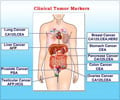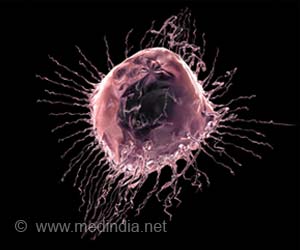New method detects chemically modified base molecules and amino acids representing a substantive step toward realizing personalized genomic diagnosis of cancer and other diseases.

‘New method detects chemically modified base molecules and amino acids representing a substantive step toward realizing personalized genomic diagnosis of cancer and other diseases.’





"Personalized medicine applications require a method that does not involve chemical modification using expensive reagents and protracted polymerase chain reaction (PCR) amplification, to allow high throughput at low cost," explains Takahito Ohshiro, the first author of a new Osaka University study. In the study, the team led by Masateru Taniguchi used current-tunneling measurements to record the single-molecule conductances of the base molecules. The tunneling currents flowing through single molecule were measured by gold electrodes - separated 0.75 nm apart from each other, equivalent to the size of a DNA base molecule - using a mechanically controllable break-junction. Single-molecule signals were then obtained in forms of current spikes, whose height represents the electron transport through a molecule.
The team successfully determined the entire base sequences - without having to chemically modify DNA or amplify it by PCR - of four types of DNA corresponding to the let-7 microRNA, a 22-base cancer marker. In addition, they could count the numbers of molecules in a solution to determine the abundance ratios of two DNA strands that differ by a single base sequence. The study was published in Scientific Reports.
"Because the single-molecule sequencing method detects differences in the electronic states of molecules in terms of single-molecule conductances, it may also be applied to the analysis of microRNA and RNA molecules that include four base molecules and peptides that include 20 kinds of amino acids," Taniguchi adds.
Source-Eurekalert














